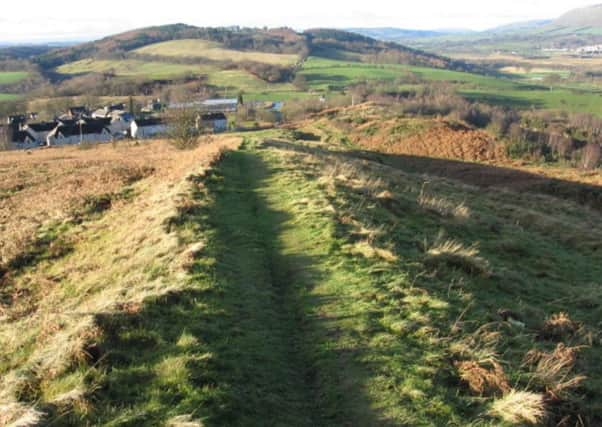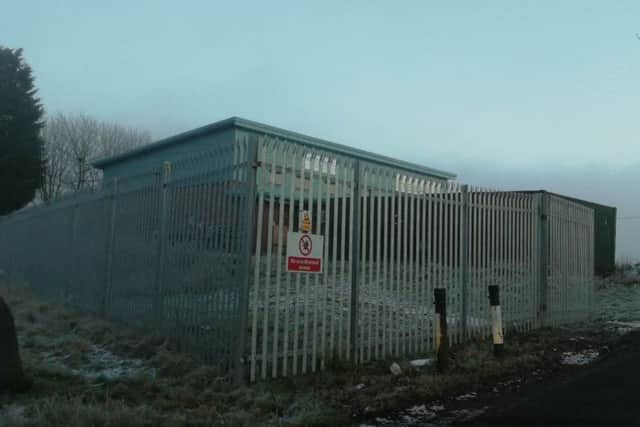Row as businessman ‘builds fence across Antonine Wall’


Historic Environment Scotland has issued an enforcement notice against George Curtis after the fence put up to protect his business premises in Croy crossed land where the most northerly frontier of the Roman Empire once stood.
HES is concerned that concrete poured underground may have damaged the archaeology of the site with the Scottish Government planning reporter ruling that the fence impinged the visual line of the frontier.


Advertisement
Hide AdAdvertisement
Hide AdMr Curtis, owner of heating company Thermaflow Ltd, Nethercroy Road, built the fence around his property, once the home of Croy Miner’s Welfare Club, following a spate of vandalism and said he was unaware the land formed part of a scheduled monument.
He has now been ordered to take it down but claims he is being unfairly treated given quarrying and other industrial activity in the area would have already wrecked any remains of the Antonine Wall that existed close to his premises.
He also claimed that the ancient frontier does not back onto his property.
However, the Scottish Government planning reporter has turned down his appeal against an enforcement notice with archaeologists from Historic Environment Scotland due to visit the site to assess any damage that may have been caused.
A spokeswoman for Historic Environment Scotland said: “A substantial fence was erected across the Antonine Wall without Scheduled Monument Consent.
“It is an offence to carry out works on a Scheduled Monument without consent.
“An enforcement notice for the removal of the fence has now been issued after attempts to resolve the unauthorised works through discussion with the owner proved unsuccessful.”
The Antonine Wall extended for approximately 37 miles across central Scotland from Bo’ness on the River Forth to Old Kilpatrick on the River Clyde.
Advertisement
Hide AdAdvertisement
Hide AdIt marked the north-western frontier of the Roman Empire from 142AD to around 165 AD and it is considered the most important Roman monument in Scotland, much of which is scheduled for its national importance.
The wall also has international significance and is a component of the Frontiers of the Roman Empire World Heritage Site.
The fence has encroached on part of the scheduled monument that runs through an open field from the B802 Kilsyth Road at Croy up a slope towards the open ground of Croy Hill.
A fort, fortlet, and temporary camp would have defended the stretch of wall during the Roman era but their remains are no longer visible on the ground today.
However, the Antonine Wall ditch, which the Romans would have cut through solid rock to create, is easily identifiable across much of Croy Hill.
The planning reporter ruled that the digging of the post holes for the fence would amount to removal of part of the monument with the fence amounting to an addition to it. Both breach the terms of the Scheduled Monument Act.
Mr Curtis said: “I grew up in this village and I know the place well.
“I know what was on this site and there used to be a coalyard where the fence was. My premises is the third to be built on the site. There is a quarry out the back. Do you think there will be any relics left here given the heavy machines that have been in the area?”
Advertisement
Hide AdAdvertisement
Hide AdHe also claimed the line of the Antonine Wall was around 80 to 100 metres away from his property.
Mr Curtis added: “If you look at the line of the wall, there have been canals, motorways and housing schemes along the length of it. I asked to see consents for all of these developments - I got nothing. I feel like I am being victimised.”
